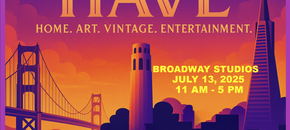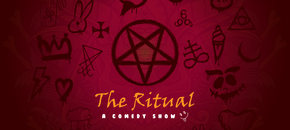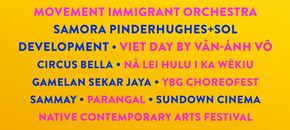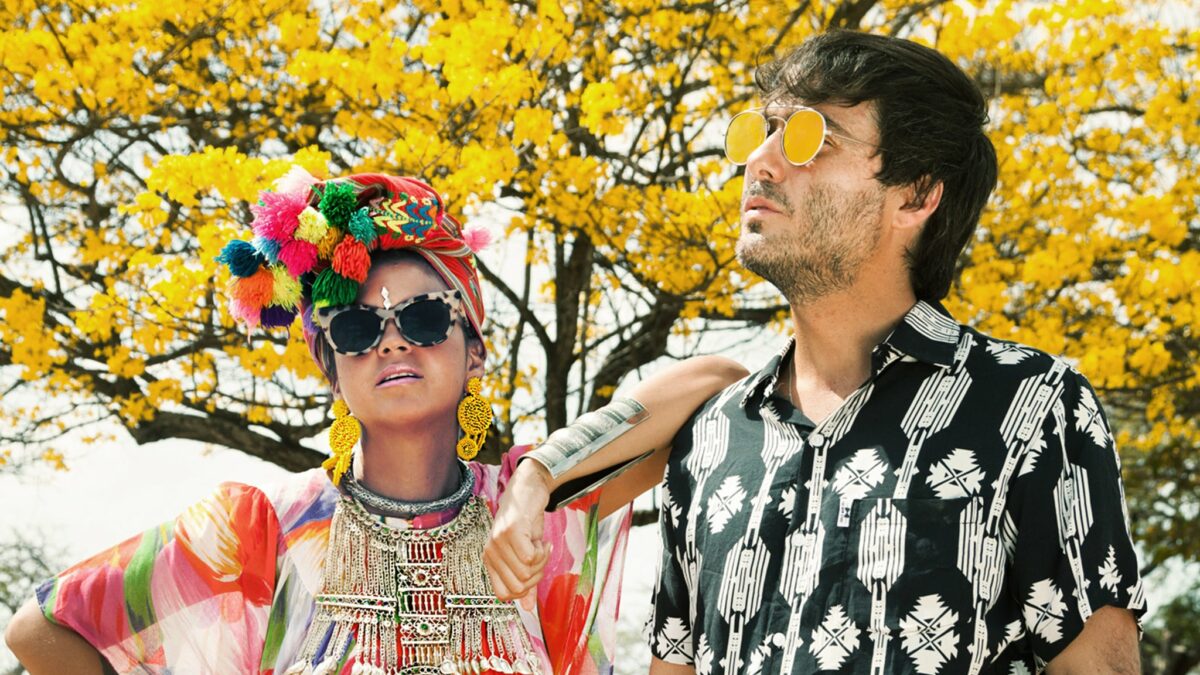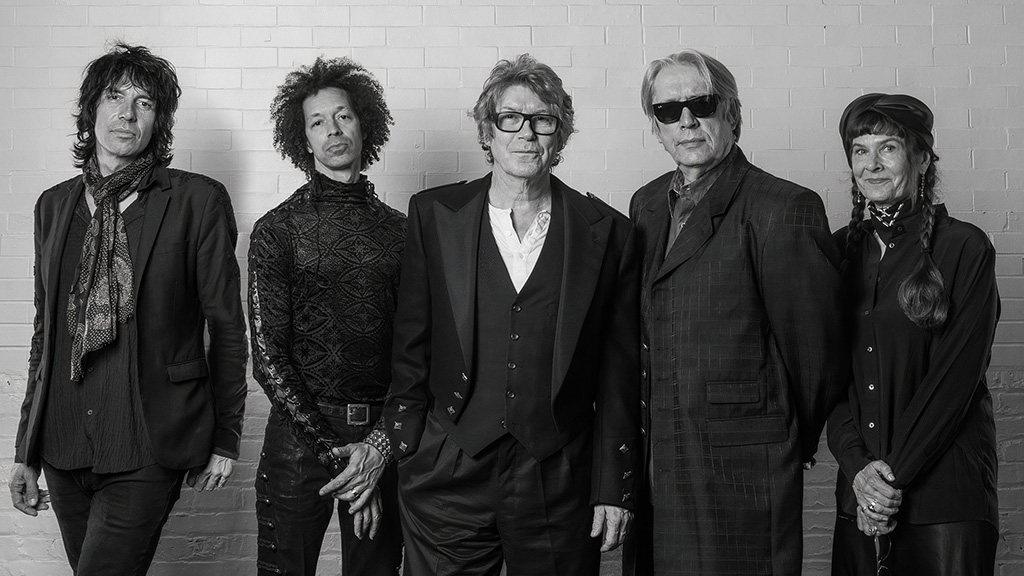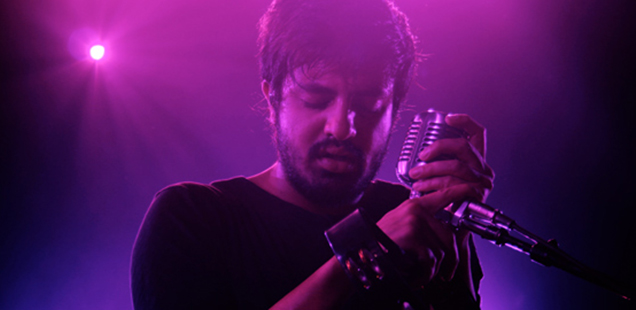Interview: John Vanderslice Returns as a Solo Artist, Bringing a New Live Show to Rickshaw Stop
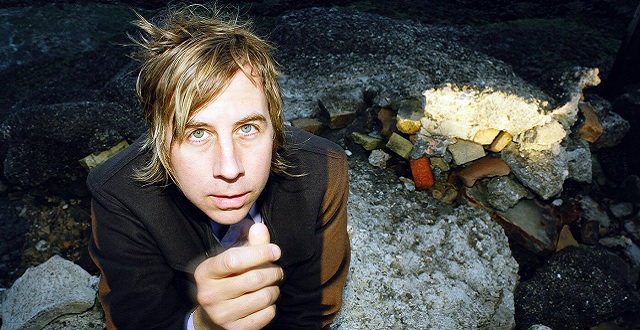
San Francisco resident, engineer, and recording studio owner John Vanderslice today released a new solo album titled The Cedars, his first in six years, and he’s touring this spring in support of the new material. Vanderslice’s tour includes a visit to the Rickshaw Stop on April 28th. After moving to San Francisco in the late 80s, Vanderslice opened Tiny Telephone studio to serve as a recording gateway for indie musicians, which has since expanded to Oakland.
The Cedars came from a fascination with an 11 square-mile canyon in the remote wilderness of West Sonoma County. The development of the record pushed his personal musical boundaries and the themes are dark, reinforced through unpredictable sonic textures driven mostly by drum machines and synthesizers.
To preview his upcoming SF show, we spoke to Vanderslice to learn more about his upbringing, opening Tiny Telephone, and inspiration for his new music.
Why did you move between rural North Florida, Georgia, and Maryland during your childhood?
I think an unstable family life is to blame. There were two divorces that were part of that. I think that’s mostly why it was family instability, which made the nutjob that I am.
What motivated you to move to San Francisco in 1989?
I was following my girlfriend at the time, Susan Anderson Osborne, who was out here. I got here and it was just like magic for me. It was just a progressive and free place that I had ever seen. It reminded me a lot of Amsterdam at the time. I had been an exchange student the year before. I like a city that has teeth that can bite you back. I felt that way about San Francisco for sure.
What about SF has stayed consistent since your arrival?
There are definitely neighborhoods that feel like they are kind of time capsules. I live in Mount Davidson. Other than the odd house getting redone, there’s a part of it that looks like 1960. You could be on certain blocks and it just looks like another era. I think that there are parts of the west side that still look like old San Francisco. There’s been stuff that’s been radically transformed. I think the open spaces still feel stable you know like Golden Gate Park and everything up north. Thank god for that. Even the rapidly changing downtown and the east side of the city changing kind of bums you out, you can go to Point Reyes or to Mount Tam and it’s like time travel.
Could you share any crazy stories from working as a waiter at Chez Panisse?
I worked there for five years. I was a busboy, a bartender, and a waiter. The Dali Lama came in one day. Stuff like that was always happening. It was completely insane. I waited on Debbie Harry once from Blondie. I remember I went to work one day and someone said Bill Clinton was here yesterday and I was like, “oh ok, cool.” I wish I was here. It was just an insane crossroads for whoever was passing through the Bay Area. Also, the food-culture stuff was just remarkable. All the chefs that would come through from other cities and other places. It felt like an incredibly vibrant and relevant place for me to discover because it was a craft-obsessive hub that could teach me everything about what I needed to do with the studio. It really radically changed my idea of Tiny Telephone structure.
What was your biggest challenge in opening Tiny Telephone Recording and how did you decide to expand to Oakland?
Initially, just starting an arts business is just unforgivably awful, I think anywhere. It’s especially terrible in the Bay Area where the price of commercial real estate is completely and totally insane. I must enjoy the pain and torture because then I did it twice more after. I opened the B Room in San Francisco in 2012-2013, and I opened Oakland 3 years ago. I think opening Oakland was maybe a strategic error. I should have seen that the arts community was getting decimated here and I should have been more paranoid. The studios are busy, they’re fine. They seem just for 20 years to be fine. I really haven’t worried about them that much. We are totally under-market and usually very vulnerable to landlord pressure and economic ups and downs. It has really kind of fucked my nervous system up to own a studio, to be honest. I don’t know, I guess I’m drawn to it for just some sick way. Somehow I’m really drawn to doing it.
What was it like to work 50+ consecutive days to create The Cedars with engineer/producers James Riotto and Rob Shelton?
It’s like being in a submarine very, very deep underwater somewhere in the Marianas Trench. First off, you become very, very close to the people you’re working with. You’re incredibly vulnerable to them and you need them in a way that’s really intense… writing in the studio and were in the studio for 54 days in total. It is a tremendously long amount of time. There are feature films that are shot in 54 days. It was a tremendously long and psychologically complicated part of my life. The whole problem I think with making a record if you care about this kind of stuff, which I do, it’s trying to make a record that’s different than what you initially do. You have to keep breaking apart your systems. And that means you’re like taking the only thing you’re comfortable with away. Your tricks, the moves that you’ve learned on your own that you’ve done many many times, those are the anchors that you use to write and produce music. When you start to break them apart, you’re left re-learning a language. Also, you can have really, really bad results immediately. We threw away some really bad songs. There are so many misfires that happen because of that. It’s intense. The whole thing is intense.
How did you discover The Cedars land up north?
It’s interesting, from the top of the land where we are, it’s like 1,100 feet. We can see this feature that’s in The Cedars called the red slide. It’s almost like a huge, rockslide. It’s like east-facing, so we can see it from our land. It looks like Mars. It really does look like the strangest colored earth you’ve seen. Basically, The Cedars is like a serpentine canyon, and the soil is very base so it has a lot of endemic plants. And it has some really strange geologic features. They’re visible on Google satellites. That’s how I really discovered what The Cedars was. Just looking at the communal land on the satellite and I thought I need to see what’s over there on Google satellite. It looks like the satellite was like glitching out when it was taking those photos. And then you’re like, oh no, it wasn’t glitching out. That looks like no other land. It looks like Lassan Volcanic Park or something. In the middle of West Sonoma, it’s a complete anomaly.
I got obsessed with that, and then I got obsessed with it because we couldn’t hike there. We kept trying, but there’s a lot of private land. It’s complicated. We would download these topo- programs that would show you who owns the land, whether it’s BLM or not. We would try to chess game ourselves over The Cedars and we could never quite get there. And then we would run into ‘Good ‘ole Boys’. Once we had a pickup truck pull up to us with a shotgun on the rack… and the guys were, “what the fuck you doing on the land?” You really can’t walk on someone else’s land. We felt really bad about it. We wanted to get to the Cedars and they didn’t care. What, that weird rock over there? I kind of liked that I couldn’t get there. It was beautiful. It became important to me that it was a theoretical place. They do give a tour once a year it’s just that I’m never around for that tour. They’re trying to turn it into a national park. It is incredibly important. There are people who know how amazing it is and trying to turn it into a park. It is on some people’s radars. You’re either obsessed with it or you don’t care or know about what it is.
What types of items on your essential packing list for the tour?
That’s a great question. Let’s see. Doubling up stuff that’s really important to you. Doubling up things like really good headphones for listening to music, or like really good tea filters, or your coffee grinder. Stuff like that. Things that… you can kind of exist (with). I can exist with a book and a small bag of clothes. I don’t really need that much, but there are a few things I have to have. I definitely need a connection to listening to music on tour and really high-quality caffeine. I don’t drink or smoke weed or do drugs on tour because I don’t know how you would possibly function doing that… That’s it. That’s the only thing I would ever care about. I was in Tokyo a month ago, I only had one pair of headphones, and I lost my headphones. It really fucked me up for a week. They’re really particular, kind of audiophile, in-ear headphones. I just couldn’t get them quickly… IT’s the only thing I care about. I wouldn’t care about my suitcases. It’s just music and caffeine. Those are sacred pillars of your experience.
What’s your favorite choice in the Bay Area?
I like Ritual a lot. I would say I go to the Ritual on Valencia because it’s really close to me. I liked Four Barrell before the #MeToo shit happened to Jeremy. Those are probably my favorite roasters. There are tons of places that I go to. I go to Andytown a lot because my friends live out there (Outer Sunset). I think those are my go-to places. I’m also obsessed with bakeries. I like bakeries and coffee places.
John Vanderslice
Plays Rickshaw Stop, 155 Fell Street in San Francisco
On Sunday, April 28th at 8pm
